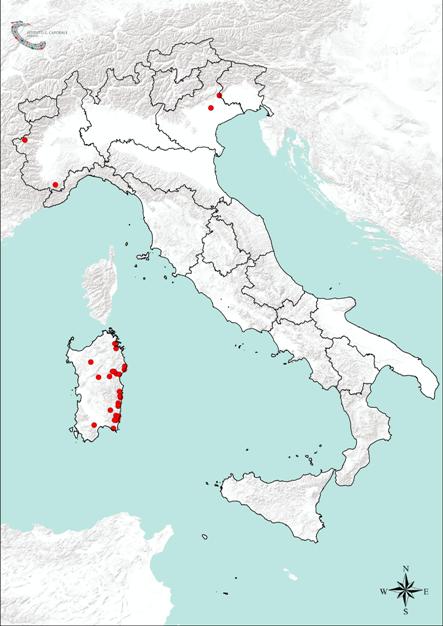Update Schmallenberg virus in France
jan 3, 2012
From september 1 2012 tot januari 2 2013 221 holdings were suspected to have animals infected with SBV.
180 holdings were confirmed: 112 sheep, 14 goat and 95 cattle holdings.
For previous reports and updates please see:
Schmallenberg virus : new Akabane-like virus in cattle, sheep and goats in Europe - 2011/2012
jan 3, 2012
From september 1 2012 tot januari 2 2013 221 holdings were suspected to have animals infected with SBV.
180 holdings were confirmed: 112 sheep, 14 goat and 95 cattle holdings.
Depuis le 1er septembre 2012, ce sont au total 221 suspicions qui ont été enregistrées (112 élevages ovins, 14 élevages caprins, et 95 élevages bovins).
180 élevages ont été confirmés atteints par des formes congénitales de SBV, répartis dans 45 départements : 02, 03, 04, 05, 08, 10, 12, 15, 17, 18, 19, 2A, 21, 22, 24, 25, 26, 27, 28, 31, 34, 35, 37, 38, 42, 44, 52, 54, 56, 58, 64, 65, 67, 68, 69, 70, 73, 74, 76, 77, 81, 84, 85, 86 et 89.
Sont concernés : 95 élevages ovins, 10 élevages caprins et 75 élevages bovins.
More, incl. map: Survepi
180 élevages ont été confirmés atteints par des formes congénitales de SBV, répartis dans 45 départements : 02, 03, 04, 05, 08, 10, 12, 15, 17, 18, 19, 2A, 21, 22, 24, 25, 26, 27, 28, 31, 34, 35, 37, 38, 42, 44, 52, 54, 56, 58, 64, 65, 67, 68, 69, 70, 73, 74, 76, 77, 81, 84, 85, 86 et 89.
Sont concernés : 95 élevages ovins, 10 élevages caprins et 75 élevages bovins.
More, incl. map: Survepi
For previous reports and updates please see:
Schmallenberg virus : new Akabane-like virus in cattle, sheep and goats in Europe - 2011/2012






Comment